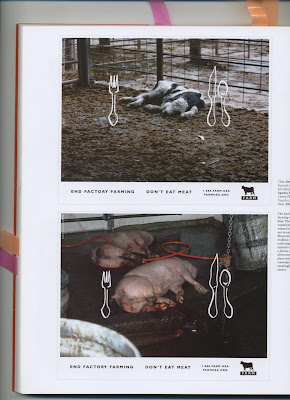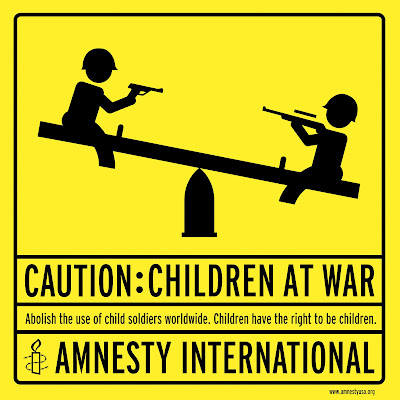I am a Cinema and Photography major. I hate graphic design. I thought it was a brutal punishment when I learned to earn my degree I needed to take not one, but two classes. I did not understand why. So I have been thinking about all the cool things I have learned to do, and now realize, I could probably make some money just doing some freelance work (yeah, who am I kidding, no way!). But I also thought, “This is going to be helpful with title sequences!” So I further researched the topic, and also have this incredible site from Sned’s class last semester:
This site is solely dedicated to title sequences in film. Just another job that a graphic designer might consider, especially if they enjoy films. For me, this is a helpful class because now when I am just starting out making films, I can use the skills I have learned from my seemingly daunting graphic design class to save a few bucks. Title Sequences are a lost art form, and people will pay big bucks to have a good one. Just think James Bond! Perhaps they are not as important since most of society's focus last for about two seconds before they get bored, but I think they can be an integral part of a movie's story. Particularly I want to share this video of Saul Bass’ work with title design. Enjoy!




























